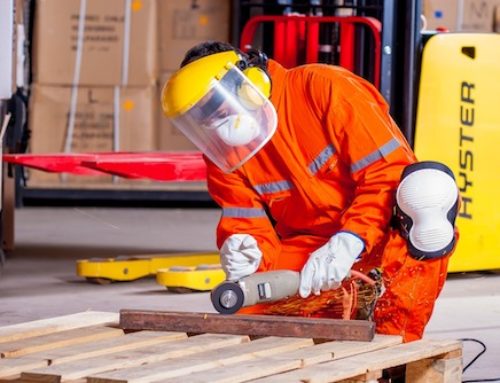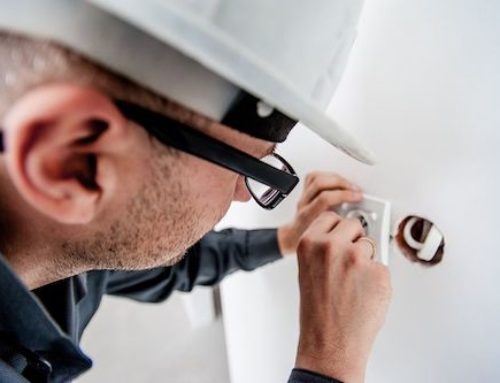by Phil La Duke who says . . .
“The safety of your workplace is becoming more important than ever before. Beyond the obvious moral and ethical imperatives to not cripple your workers in pursuit of profit, many employers – even small businesses are finding that it doesn’t take many injuries to put the company in real financial peril.
Safety isn’t foremost in the minds of a lot of entrepreneurs. For some, a severe injury to a worker is a very remote possibility and hardly worth worrying about. For others, the risk of injury seems out of proportion to the financial rewards that can be gained; besides if workers get hurt insurance will cover it. Still others believe that there is no way to get the job done safely without spending money they just don’t have.
The belief that a business has to choose between working safely and making a profit is a very old and deeply held mindset, unfortunately it’s usually wrong. Here are seven things any business can do to reduce the risk of worker injuries without adding prohibitive cost:
1. Hire smarter
When sales are exceeding production capacity it’s easy to hire warm bodies. Carefully screening candidates to ensure that they have the skills and experience it takes to be successful in the job lowers your risk of hiring an incompetent worker who is far more likely to get injured.
2. Train
Even a highly skilled and experienced worker should be trained in how you expect the job to be done. If you know there are certain tricks of the trade that make doing the job safer be sure and share them with your workers. Counting on common sense to keep workers safe is a recipe for disaster; common sense isn’t always common practice.
3. Demand safe work practices
Begin by believing that there is always time to do it safely and that it is never acceptable to work unsafely and then practice what you preach. If you choose productivity over safety the first time the issue is pressed then you send the wrong message to your workers. You want them to share your vision of a safe workplace and be engaged and active in making that happen. Workers will only support your vision if they believe it’s real.
4. Provide the right tools and equipment
You can’t expect your workers to take reasonable precautions (for example tying off while working at heights) without providing them the proper tools and equipment. The cost of steel-toed shoes or safety glasses is miniscule compared to the cost of trauma surgery. Additionally, there is a very strong human drive toward expediency and many workers will risk using the wrong tool or take a short cut to get the job done.
5. Demonstrate that you value a job done safely
If you see your “A-team” as the people who get the job done whatever it takes, you make be inadvertently fostering a culture that devalues safety. Instead of praising people who get the job done, consider recognizing workers who offer suggestions for working safely. Be careful not to provide incentives for zero-injuries because you essentially are rewarding zero-reporting which actually increases your risk of injuries.
6. Look for ways to get the jobs done more safely
Just as you should always be looking for ways to get the work done faster and for less cost, you should also look for ways to eliminate risk. Spend some time with workers brainstorming ways in which the job could be done more safely; solicit their concerns about the safety of the job and act on their suggestions.
7. Remember there are a lot of right answers
Too often employers see safety as an absolute — either a job is safe or it’s not — when the truth is safety is relative. No job is absolutely without risk and therefore no job is completely safe, but there are ways of approaching a job that make it safer than doing it another way. Conversely, there is no job that is completely unsafe and that we should shrug off risky tasks as unavoidable.
Safety can be a hard sell for some workers. Some workers take a fatalistic “ya gotta die of something” attitude, while others are willing to take unreasonable, even reckless risks. Entrepreneurs need to be ever mindful that workers aren’t just needlessly risking their lives and those of their coworkers, but are also risking the very future of the company as well.”
By Phil La Duke





